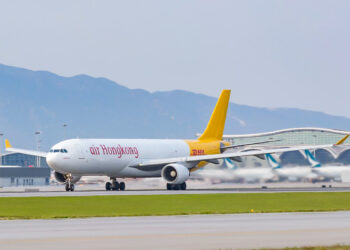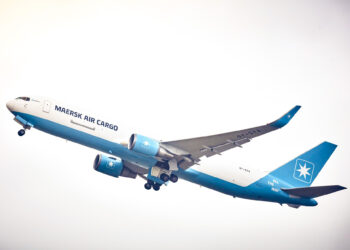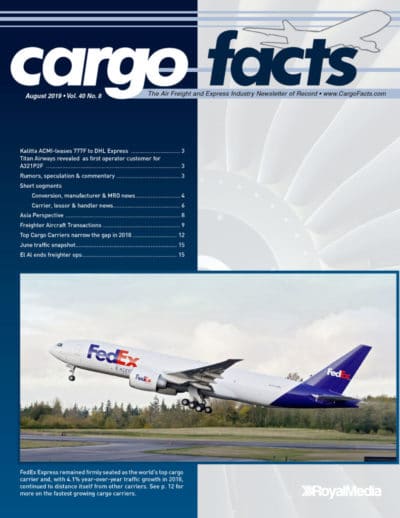No products in the cart.
22 of top 25 cargo carriers operated freighters in 2018
Among the world’s top twenty-five cargo carriers in 2018, ranked by freight tonne kilometers (FTKs) carried, twenty-two of twenty-five carriers operated freighters. Expand the list to the top fifty cargo airlines and thirty-three carriers operated freighters. The remaining 34%, mostly comprised of mainline carriers with large widebody passenger fleets, made the list without significant maindeck […]






